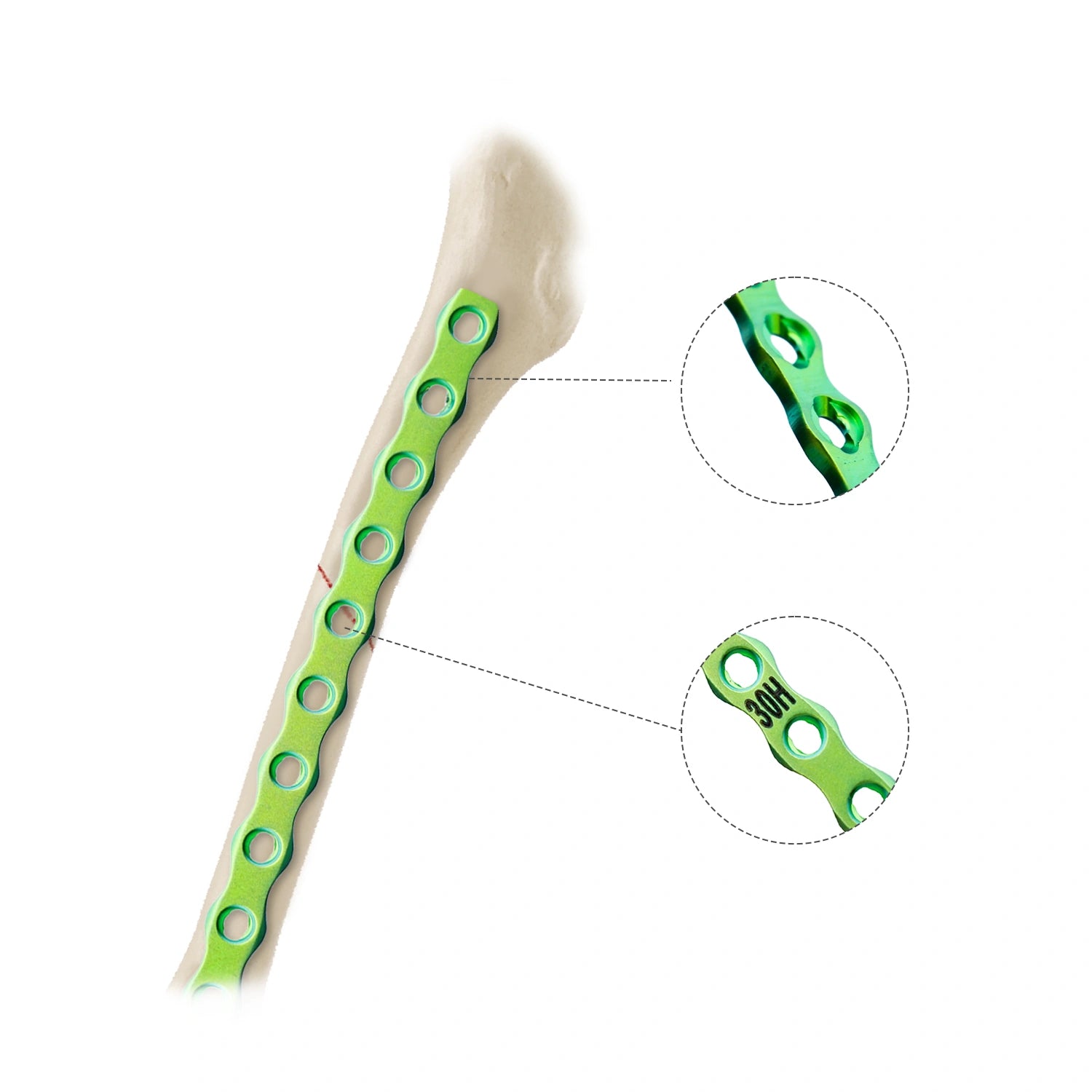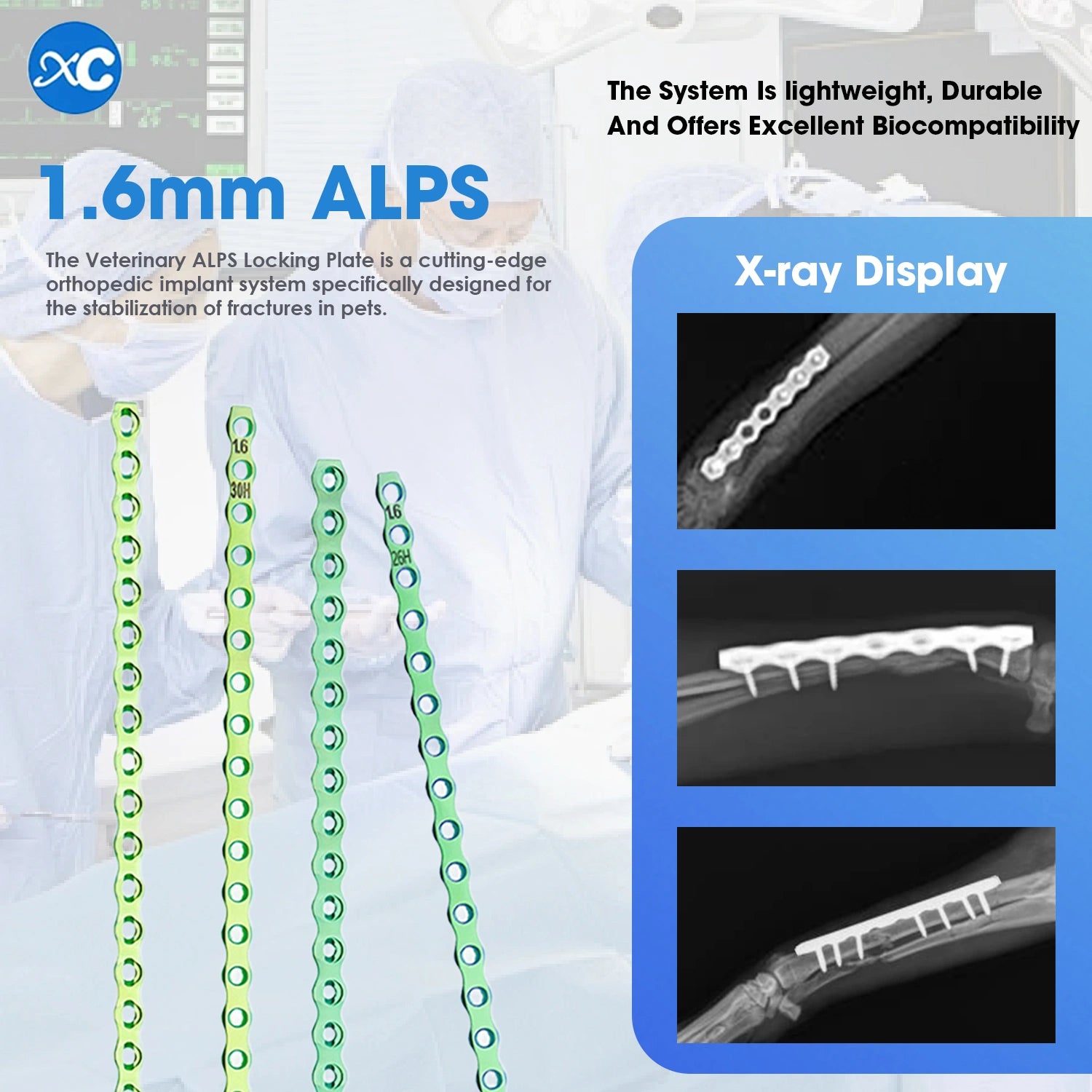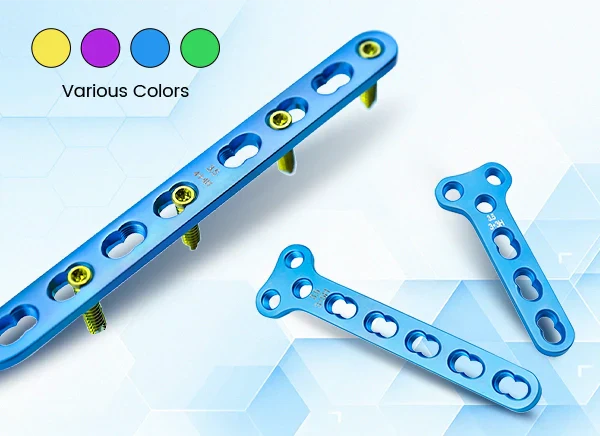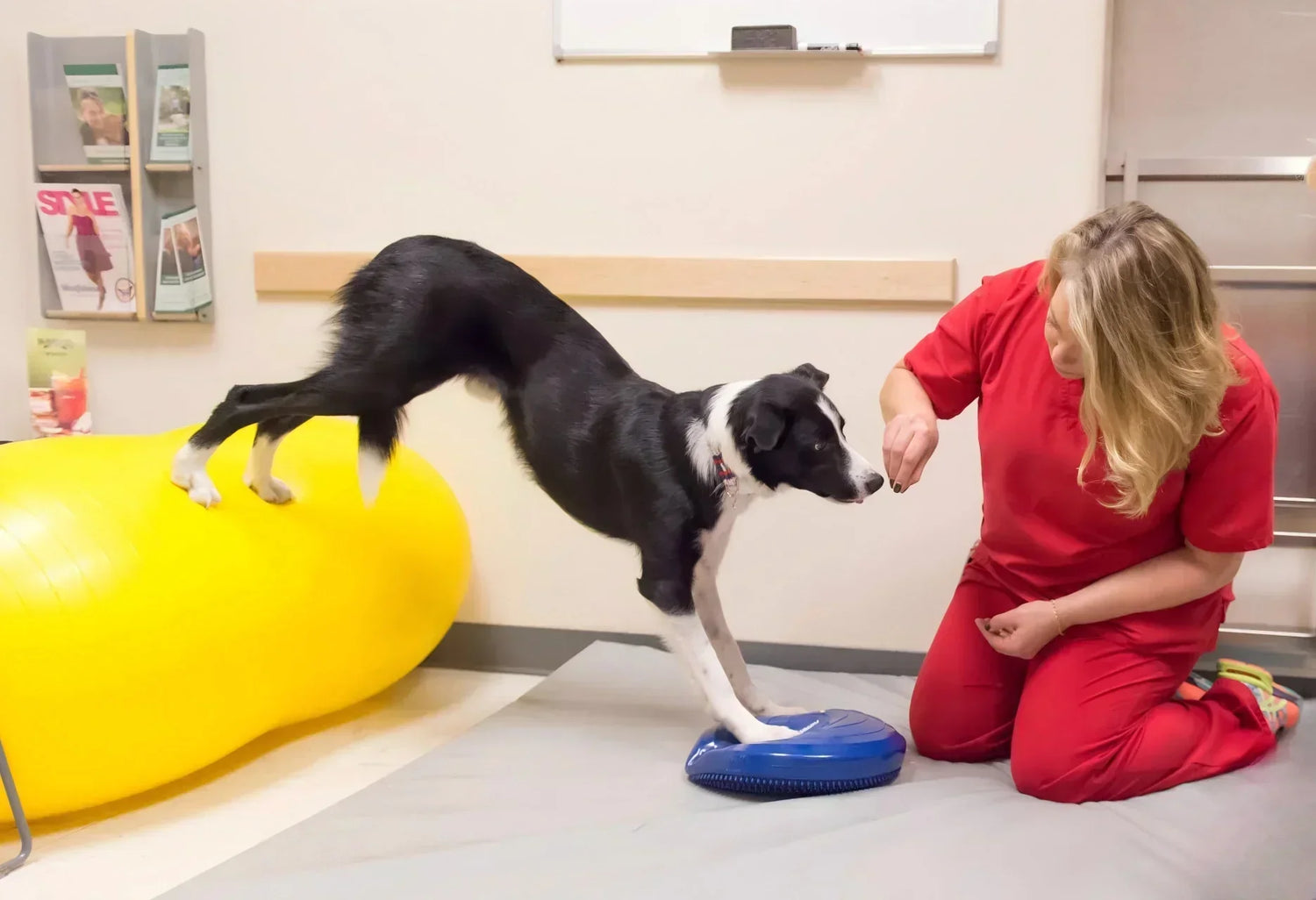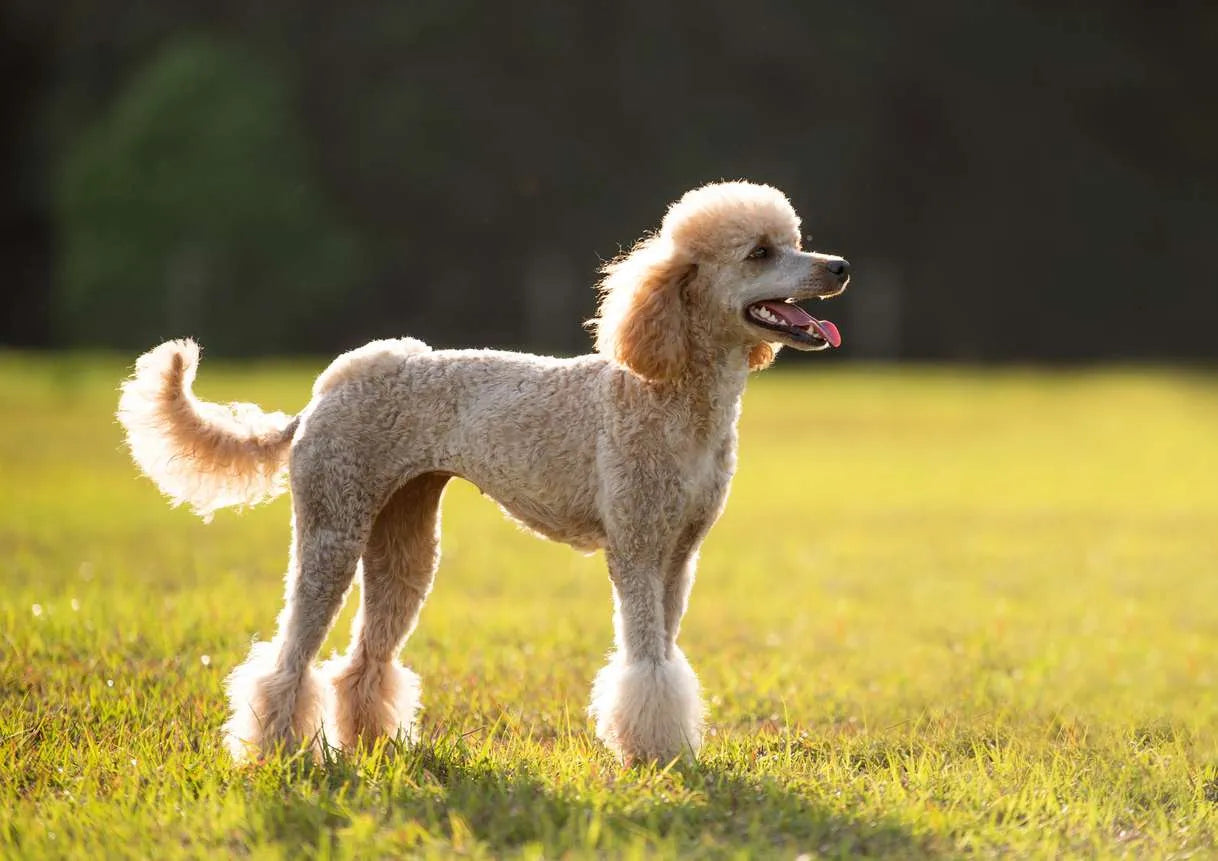Fracture management in dogs and cats is not limited to achieving fixation—it requires ongoing assessment to confirm that healing proceeds as expected.
When stability is adequate and biological conditions are favourable, weight-bearing on the affected limb should gradually improve.
However, if lameness worsens during recovery, this is a clinical warning sign that requires immediate reassessment.
The AO “4A” principle—Alignment, Apposition, Apparatus, and Activity—offers a structured method for evaluating fracture healing in both the clinical and radiographic context.
1️⃣ Clinical Evaluation: Recognising Normal and Abnormal Healing
In uncomplicated cases, patients typically show:
- Progressive increase in limb use
- Decrease in local pain and swelling
- Improved comfort during manipulation
If pain or lameness increases, possible causes include:
- Instability of fixation (implant loosening, screw pull-out, or plate bending)
- Infection at the surgical site
- Soft-tissue inflammation exceeding expected levels
Owners should be informed that any increase in lameness requires veterinary evaluation.
----------------------------------------------------------------------------------------------------
2️⃣ Radiographic Assessment: A Systematic Approach
 Radiographic evaluation should always be consistent and standardised.
Radiographic evaluation should always be consistent and standardised.
Two orthogonal projections that include the joints proximal and distal to the fracture are mandatory.
Positioning, magnification, and exposure parameters must be consistent to ensure comparability between follow-up studies.
The 4A system provides a clear stepwise method for interpretation:
Alignment
Evaluate the mechanical axis and length of the limb.
Aim for anatomical alignment in simple fractures.For comminuted fractures, functional alignment is sufficient when:
- Limb length is approximately restored
- Rotational deformity < 5°
- Angular deformity < 5°
- Overlap between major fragments > 50%
Improper alignment alters load distribution and can delay healing or cause secondary joint problems.
Apposition
Assess the contact between fracture fragments.
- In fractures fixed with absolute stability, near-perfect apposition reduces interfragmentary strain and allows direct (primary) bone healing.
- In relative stability constructs (external fixators, plate-rod combinations, interlocking nails), indirect healing is expected, and small gaps are acceptable if soft-tissue attachments and blood supply are preserved.
- Remember: excessive compression of fragments can also compromise vascularity.
Apparatus (Implant Evaluation)
Postoperative radiographs should confirm:
- Correct application of the chosen fixation system.
- Optimal implant placement with no articular penetration.
- Adequate working length and screw distribution.
During follow-up, evaluate for:
- Implant loosening or migration
- Screw breakage or plate deformation
- Loss of reduction
The fixation construct should maintain mechanical stability until sufficient callus bridging occurs.
Activity (Biological Healing Response)
Healing activity refers to the biological progress of bone repair.
Two principal patterns are recognised:
- Direct (primary) healing: occurs with rigid fixation and minimal motion; radiographically, the fracture line disappears without visible callus.
- Indirect (secondary) healing: more common; characterised by sequential callus formation, mineralisation, and remodelling.
Typical indicators of satisfactory healing include:
- Bridging callus covering ≥ 75 % of cortices on orthogonal views
- Disappearance or blurring of the original fracture line
- Stable, painless callus on palpation
Healing time varies with age and vascularity—from 2 weeks in young animals to 20 weeks or more in older or poorly perfused cases.
----------------------------------------------------------------------------------------------------
3️⃣ Timing and Frequency of Follow-Up
Routine rechecks every 4–6 weeks are not mandatory for every case.
Follow-up intervals should depend on:
- Species and age
- Fracture configuration and fixation method
- Clinical progress and weight-bearing status
Radiographs should be repeated whenever pain, swelling, or functional deterioration appears.
----------------------------------------------------------------------------------------------------
4️⃣ Communication with Owners
 Client understanding plays a major role in outcome.
Client understanding plays a major role in outcome.
Owners should know that:
- Gradual improvement is normal; relapse indicates a problem.
- Any increase in lameness or local heat requires immediate review.
- Follow-up imaging is an essential part of treatment, not an optional step.
Clear explanations improve compliance and help detect complications early.
----------------------------------------------------------------------------------------------------
5️⃣ Key Takeaways for Practitioners
- Use the 4A framework to structure fracture-healing evaluation logically and consistently.
- Combine clinical signs, radiographic interpretation, and owner feedback for comprehensive monitoring.
- Prioritise alignment and biological preservation over cosmetic perfection in comminuted fractures.
- Tailor recheck intervals to the individual, rather than fixed schedules.
Applying these principles supports faster recovery, reduces complication rates, and improves long-term outcomes in small-animal orthopaedics.





